Contact Your Legislators to Protect Indiana’s State Forests!
By Jeff Stant, IFA Executive Director Updated March 22, 2019 Virtually every week, the Indiana Forest Alliance hears from concerned Hoosiers about proposed logging in their favorite areas of Indiana’s […]
A Teachable (Tree) Moment at an Indianapolis School
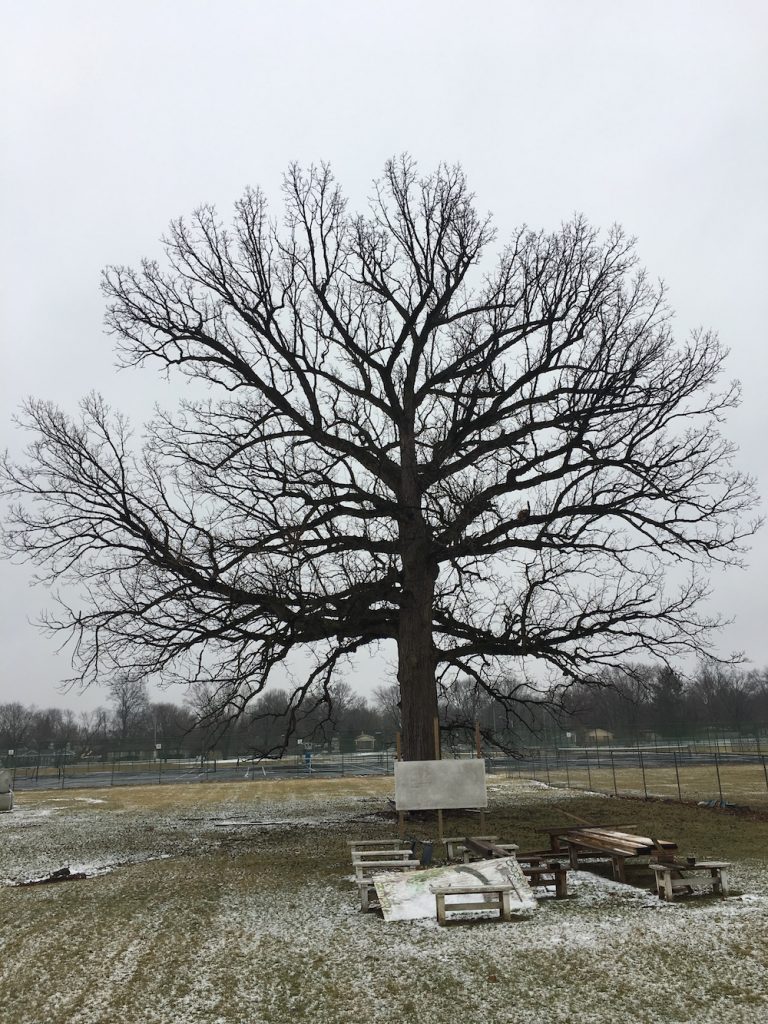
“I think there is always an alternative where we can co-habitat with the nature around us,” said Jerome Delbridge, an ISA certified arborist.
Senate Bill 610 Creates Accountability for Indiana State Forests
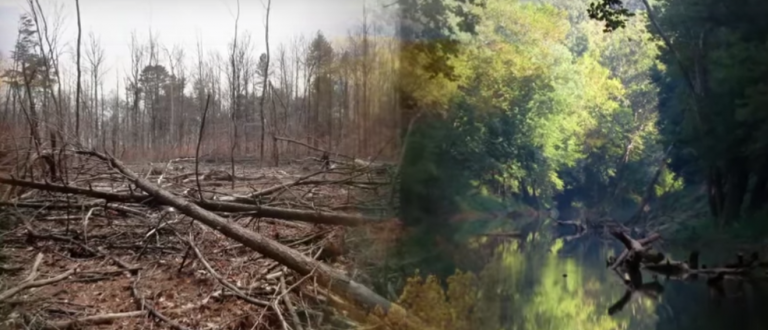
Call your Indiana State Senator today at (800) 382-9467. Express your support for this bill and ask that they contact Senator Sue Glick, Chair of the Senate Natural Resources Committee, and ask that this bill have a hearing.
Banding Together for What Belongs to All of Us
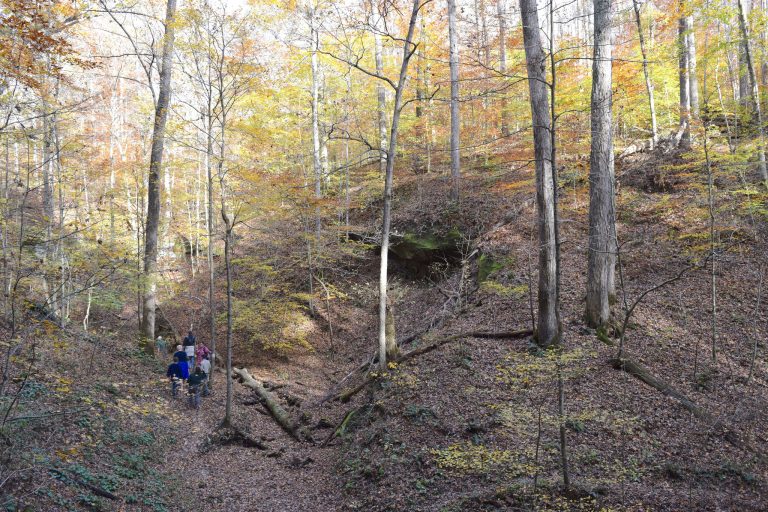
Publicly owned land provides a rich opportunity to create large contiguous sections of undisturbed forest that can be allowed to mature into true old growth conditions that will act as a repository for the plants and animals that need this environment to thrive.
Lake Monroe’s Watershed & Hoosier National Forest: Defining “Public Good”
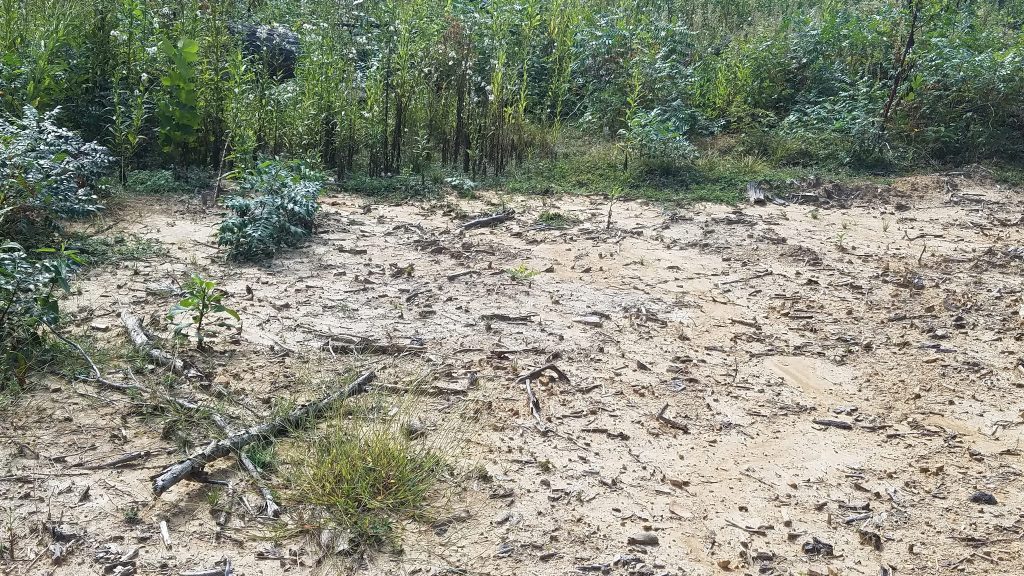
Of the 24% of the watershed that is state forest (Morgan-Monroe and Yellowwood), logging projects are completed, planned, or ongoing in both.
Forests to Faucets: Logging in the Hoosier National Forest & the Lake Monroe Watershed
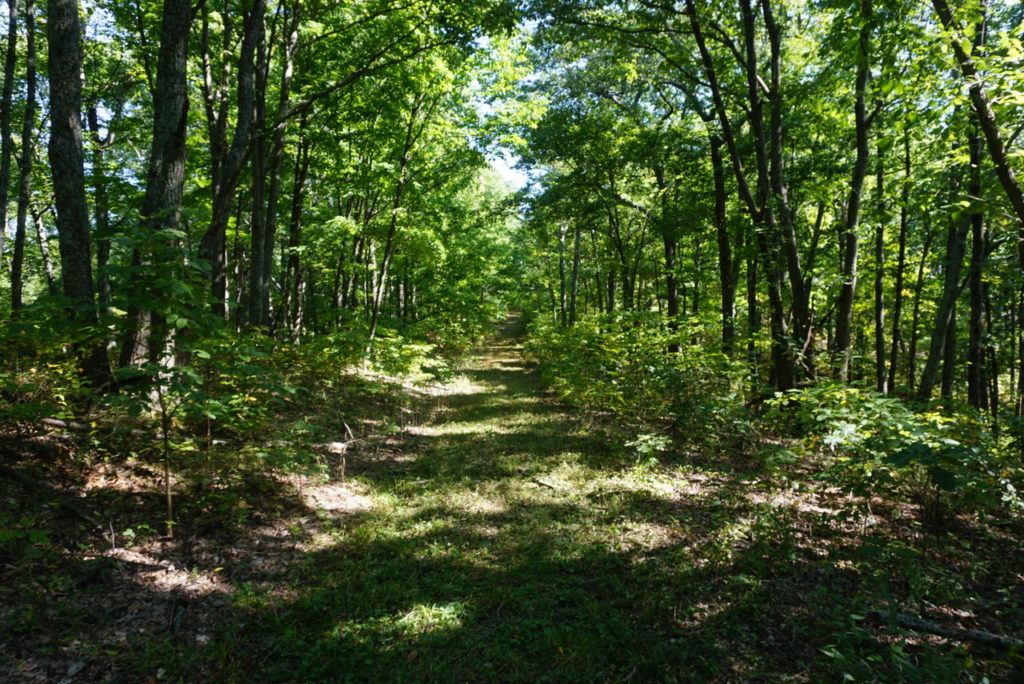
Many forests leads to faucets — watersheds and forests are naturally interconnected.
Preserving Our Way Out of the Climate Crisis
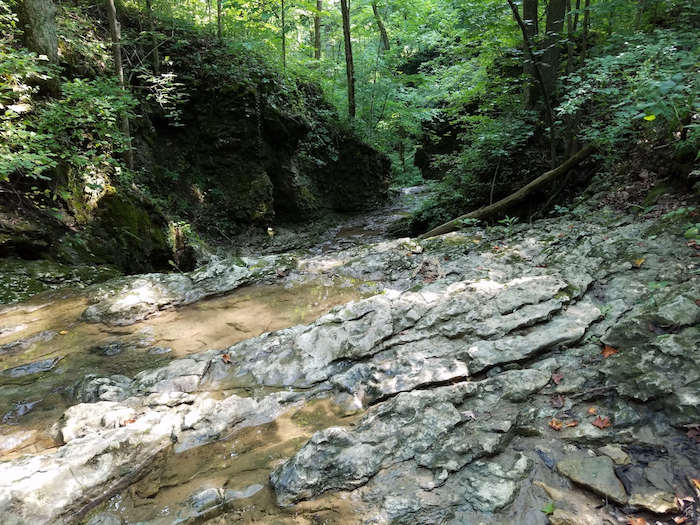
We were saddened to learn that logging may be harvesting many of the mature trees in Indiana’s State Forests. This is especially true of Salamonie River State Forest.
“I owe it to these forests … I know they are what saved me.”

It’s important to keep fighting for the trees. They need us and we need them.
In Defense of the Endangered Species Act
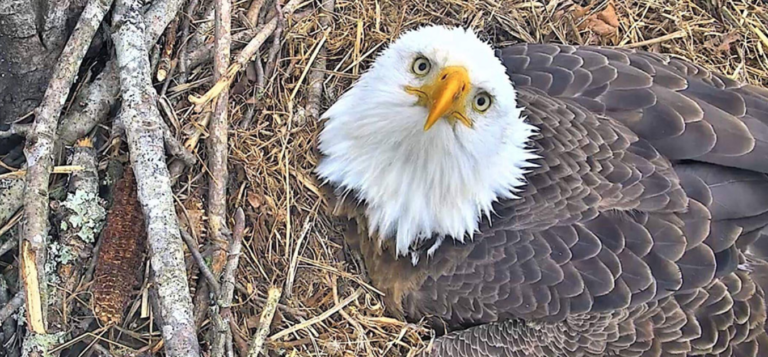
But now, in the U.S. House, a barrage of nine bills have been introduced to weaken the law, and one bill draft has been released in the Senate. Furthermore, Secretary of Interior Ryan Zinke has also just released a series of regulatory rollbacks to the ESA.
“The Gradual Destruction of Indiana’s Longest Footpath”: A Knobstone Trail Hiker Speaks Out
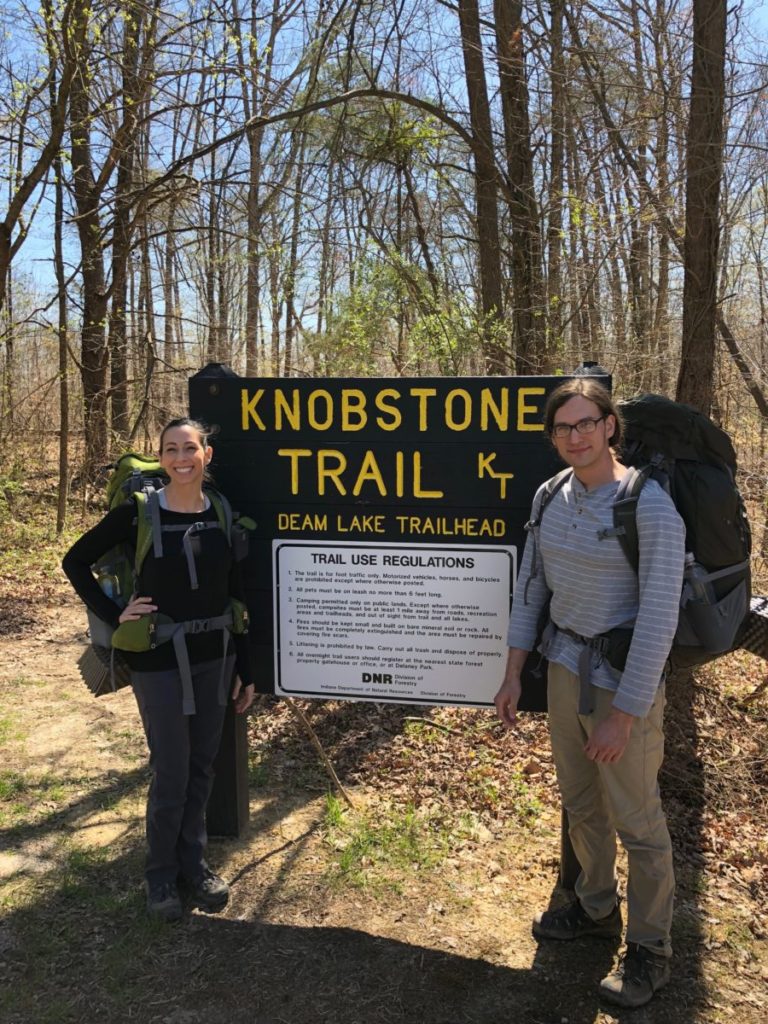
Tangles of briers and weeds, not new trees, filled in the areas I hiked through. All of these areas will take many decades to recover. What does the DNR do to restore the ecosystem and encourage the proper types of plants to grow in these damaged areas?
